Philosopher Richard David Precht in conversation with Harald Welzer. Many believe that the future will be worse than the present. But isn't utopian thinking urgently needed for the challenges of our time?
To the interview (3sat.de / in German) More...
Circular economy, cradle 2 cradle - building materials for smart cities!
Buildings for urban mining (video in German, zdf.de)
Sustainable construction - C2C projects: Houses as material storage
C2C - this abbreviation stands for Cradle to Cradle. Translated, it means: from the cradle to the cradle. In the construction industry, C2C projects stand for resource and climate protection. The vision of this sustainable building style is to create a waste-free economy. This is because all the products used are designed in such a way that they are either biodegradable or recyclable by type after use.
***
Deepavali or Divali is a festival of lights and one of the major festivals celebrated by Hindus, Jains and Sikhs.[7] The festival usually lasts five days and is celebrated during the Hindu lunisolar month Kartika (between mid-October and mid-November). One of the most popular festivals of Hinduism, Diwali symbolizes the spiritual "victory of light over darkness, good over evil, and knowledge over ignorance” .Diwali is also a major cultural event for the Hindu and Jain diaspora from the Indian subcontinent.
It’s a time when we wear our finest clothes, illuminate the interior and exterior of our homes with diyas and rangoli, perform worship ceremonies of Lakshmi, the goddess of prosperity and wealth,[note 1] light fireworks, and partake in family feasts, distribute mithai (sweets) and gifts .

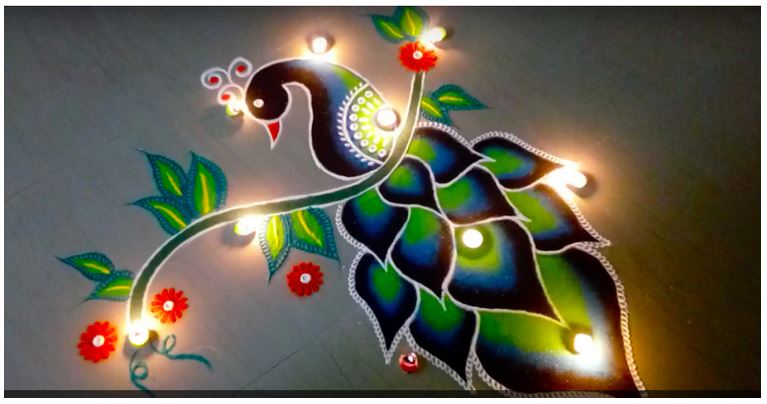
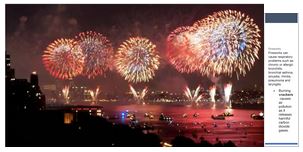


The main feature of Diwali festival is burning firecrackers. People spent a lot of money for this .
According to researchers, the mean PM10 (tiny particulate matter suspended in air measuring 10 micrometres or less in diameter)concentration during Diwali was 81% higher than at other times, and the concentration of metals and ions increased significantly. With an increase of 65%, the noise levels too were equally excessive. The increased level of particulate matter corresponded with a 67% increase in the number of patients attending the hospital during the Diwali period . At this time of year, the weather, celebratory practices and regional agriculture combine to create conditions in which air pollution around Delhi reaches 300 times the World Health Organisation standard for healthy air.
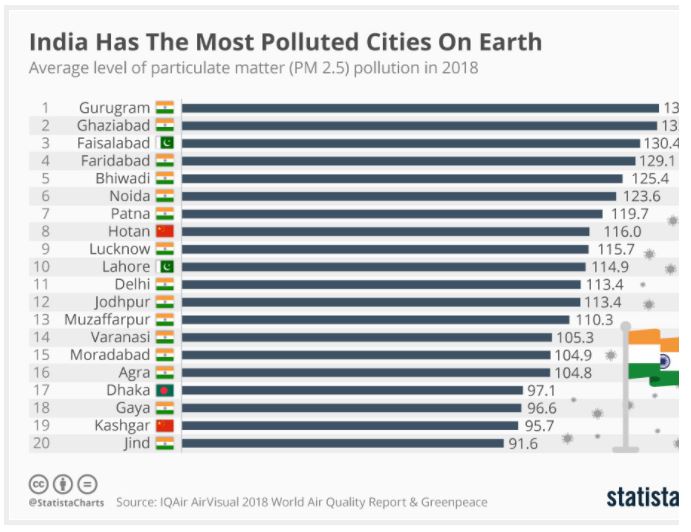
I’m not against festivals and as a proud citizen of cultural and linguistic diversities I enjoy each and every aspect of my diverse culture .The motive behind all festivals is bringing people together ,for them to stay connected and relish good memories and stay happy. But that doesn’t mean destroying or harming nature or just burning out people’s hard earned money .Happiness can be felt ,unity can be experienced ,we can celebrate the victory of good over evil even without polluting nature. What do you think? And do you think unwanted norms and practices in your countries increase pollution?
These are a few links to know more about diwali.
https://artsandculture.google.com/story/0QVxpSl4NnfrEQ
https://artsandculture.google.com/story/pgXxYajfen0Wuw
https://artsandculture.google.com/story/ogXhxVlP9nfNAw
Looking forward to your comments
Reshma Rajesh
Link to the video (DE, 3sat, until 2025)
Krise? - Endlich! Zeit für ein anderes Leben
Wieviel Konsum brauchen wir? nano begibt sich auf die Suche nach Wegen für eine Transformation unseres Wirtschaftssystems. Ingolf Baur trifft Unternehmer, Wissenschaftler, Vordenker und eine Hippie-Gemeinschaft, die vollständig CO2-neutral lebt.
Crisis? - At last! Time for a different life
How much consumption do we need? nano is looking for ways to transform our economic system. Ingolf Baur meets entrepreneurs, scientists, thought leaders and a hippie community that lives completely CO2-neutral.
Climathon 2020 (youtube.com)

- „Oxygen generated by the ocean“
The post suggests (incorrectly) that coral reefs produce O2.
Trees are plants that produce O2 (Even trees need O2 to breathe, they just produce much more than they use.).
Corals are colonies of animals that need oxygen to breathe. They live in an inner symbiontic (give and take) relationship with tiny green algae which are „microscopic plants“, producing O2 and food for the coral...
- Oceans do provide the planet with most of its oxygen – but it’s not the coral reefs that are producing it!More...
Batterien und E-Mobilität: Fakten und Fake News zu Umweltrisiken
Marcel Gauch, Sustainability Delegate, Project Manager at Technology & Society Lab, Empa
Batterien und E-Mobilität: Fakten und Fake News zu Umweltrisiken from su-pa on Vimeo.
From 17 liters per week to 500 grams per month: This is how it lives as waste-free as possible!
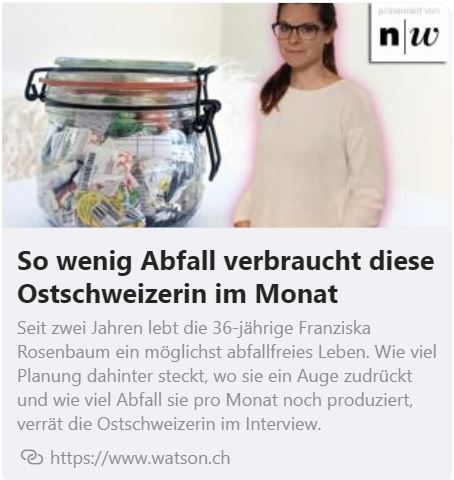
More...
Steve Simpson, marine biologist, talks about "the sound of coral reefs" (TED talks, 2019)
Two of Steve Simpson's research tools (no joke!)
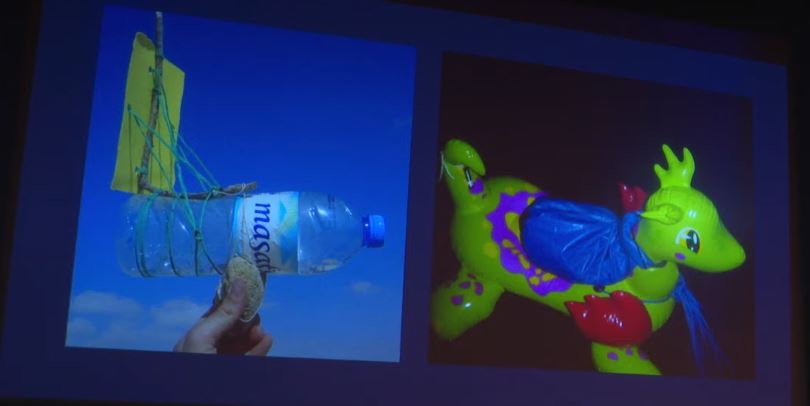
The Swiss e-mobility company Kyburz from Zurich and the environmental engineer Olivier Groux presented an innovative battery recycling system (see video)
From the press realease: "Thanks to some new findings, it has been possible to More...
This Life Cycle Assessment for Li-Ion Batteries (LCA) was made 10 years ago - is it still up-to-date? Is there progress?

More...